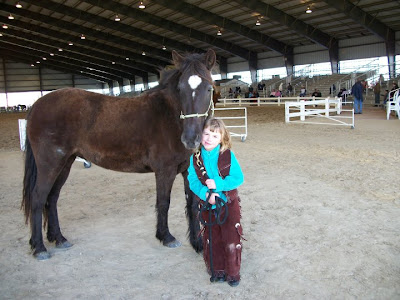
Recently the question has arisen concerning placing some Corollas in the Caribbean in order to insure survival of the strain. The idea has been floated by people genuinely interested in preserving the horses.
However, I would discourage such an effort. It is true that the Corollas are fighting for every inch of land necessary for their survival in the wild. It is true that their biggest enemy is further development of their last enclave in the northern Outer Banks. It is true that the management agreement entered into years ago with various governmental bureaucracies would require so few horses to remain in the wild that genetic collapse would be assured.
With all of that said, I am optimistic that a herd of wild Corollas will be on the Outer Banks for my great grand children to see long after I am gone. I do not think such belief to be wholly unrealistic.
I base my hope on the following:
Karen McCalpin, executive director of the Corolla Wild Horse Fund is absolutely dedicated, immensely talented, and, most importantly, tough as an old hickory tree. Her small staff shares her zeal and dedication.
The wild herd draws millions of tourist dollars to the Outer Banks every year. That drawing power translates into political support. The question will remain whether that economically based political support can trump the political power of the developers who would pave more, build more, and bulldoze more until there was no room left for the horses. At this moment my money is on those who live continually on tourism instead of the one shot, get rich quick plans of developers.
The Shacklefords have made it to the promised land and the threat that they faced was every bit as grave as that faced by the Corollas today.
The problem with relocation of the herd to any other place is that it would give the economic opponents of the horses a perfect hand to play. They could claim that they not only are not destroying the horses, but instead are helping to provide the only realistic way to save them which is to move them out to a new reservation where they could live happily as long as the sun rises and the waters flow. (Such assurances cause every non-white chromosome in my body to shudder. History is wracked with inconvenient truths.)
Lastly, I must admit that I simply have faith that these horses will be saved. They are older than any trees on the Outer Banks. They are survivors. Years ago I took a peak at the last part of the Bible to see how the story would end. Turns out that the good guys do win in the end.
But I am not Polly Anna. I have grave concerns about the future of the off site breeding program. This spring I will breed four pure Corolla mares to several different Corolla stallions. One of those yet to be conceived foals will be going to a breed preservationist in Tennessee but the others have yet to be claimed. I recently had two Corolla mares fall into my hands. We are in the process of fencing in about twenty acres of mixed hardwood forest which will provide a tremendous amount of forage for my herd in the spring and summer and will greatly decrease the amount that I spend on hay, but feed costs will remain oppressive.
I was recently asked in an interview "What funds the off site breeding program?" The question caught me so off guard that honesty over came diplomacy and I listened in surprise as my mouth blurted out, "My damn back pocket!"
Which brings me to my last reasons to be optimistic about the future of the herd. My little riders love the fact that they are part of the effort to save these horses. I strongly suspect that I have a future Karen McCalpin or two amongst my riders. And surely, surely somewhere out there are a few fifty year old men who have come to realize that they have never lived up to their potential, that they are facing an old age filled with too many regrets and too few accomplishments, but that it is not too late to make a mark in the world by saving these horses. Some of them might even be rich.
So, that is why my little riders and I work so hard to keep these horses in the public eye. We are glad to be part of something bigger than we are. We are not above doing stunts to draw attention to these horses, as everyone who saw the last Christmas Parade can attest. We ride them fifty miles in a day, not because it is fun to do so, but because we draw attention to the horses by doing so.
This Friday I plan to ride 100 Hundred Miles in less than 24 hours accompanied by Emily and Lydia on strings of four horses each, 9 of whom will be either Corollas or Shacklefords. I must admit that it causes my faith to waver a bit. One can look through the entire Bible without finding a comforting word about saddle sores.
























